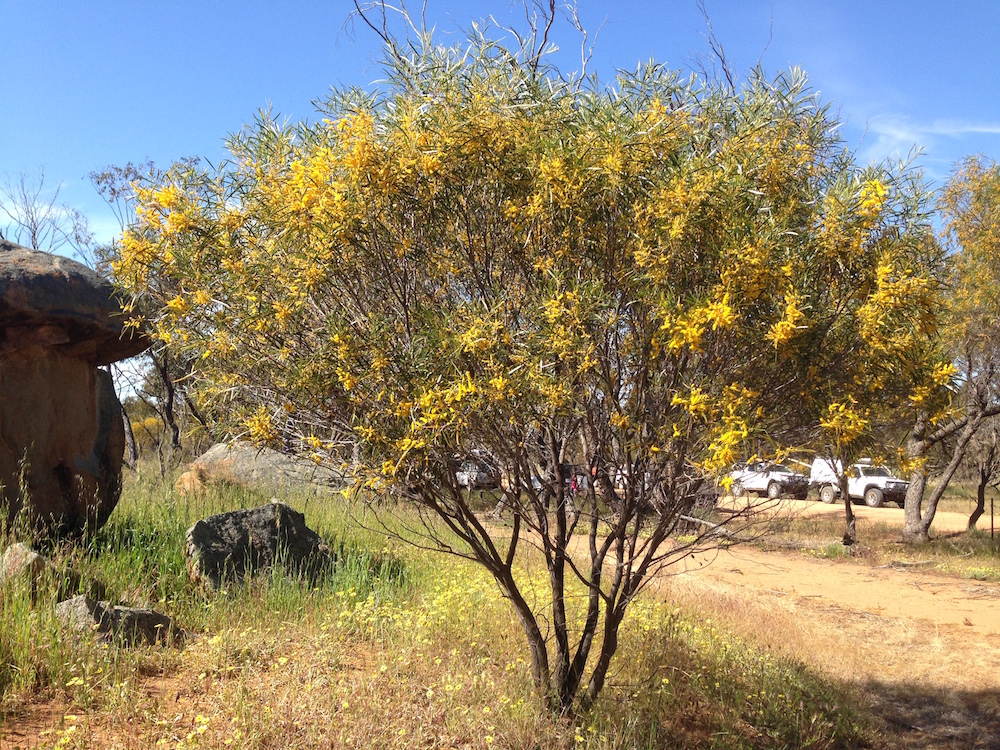Between 1864–66 Charles Cooke Hunt was commissioned by the local colonial government, at the urging of the York Agricultural Society and others, to led expeditions East of York to discover, map and develop water sources that would ensure a reliable supply to as far as the Hampton Plains.
He was also tasked with assessing the country for its pastoral potential and finding a route through to the eastern colonies – although this aim was abandoned fairly early.
Many of the wells constructed by Hunt’s party were known and used by the local aboriginals. Hunt often traded mirrors, knives and tommyhawks to entice them to show him the location of these water sources. Some were improved by being shored up or having the catchment area enlarged. His major wells were fine examples of the stonemason’s art, using local stone that often had to carted considerable distances.
Hunt cleared a track 500 kilometres to the East of York. He established a series of 26 wells, dams, tanks, soaks and other seasonally reliable water holes that ensured a safe and reliable route to the Hampton Plains to near current day Kambalda, Coolgardie and Kalgoorlie, until C.Y. O’Connor’s pipeline was completed in 1903.
- Wattle in flower on Hunt Track.
Parties of probationary convicts and their Pensioner Guards built the wells and soaks. Hunt would journey ahead of his construction team to look for more potential wells.
He often came upon native wells that he named and for which he recorded the location although he chose not to develop them as the water yield was either insufficient or not reliable enough to be included in his track.
Bayley and Ford, and Paddy Hannan were able to find gold at Coolgardie and Kalgoorlie in 1892 and 1893 respectively because they followed the track that Hunt had cut 30 years earlier – and what become known as Hunt’s Track, then Old Hunt’s Track and now Hunt Track.
The Hunt Track is significant to Western Australia’s heritage generally, not just its exploration history. It allowed:
- Prospectors and, later, pastoralists to travel into the Western Australian interior.
- The routing of the Perth to Kalgoorlie pipeline.
- The establishment of the telegraph line to Kalgoorlie.
- The construction of the first stage of the transcontinental railway.
Today, Hunt Track has been preserved and commemorated as the York to Goldfields Heritage Trail. Some of Hunt’s wells have stood the test of time and are in very good condition. At least 10 have disappeared altogether while others are in a state of disrepair.
© Kim Epton 2019-2024
440 words.
Feel free to use any part of this document but please do the right thing and give attribution to adventures.net.au. It will enhance the SEO of your website/blog and Adventures.
See Terms of Use.

